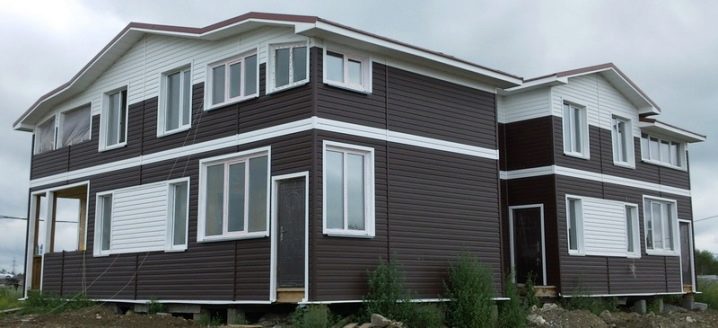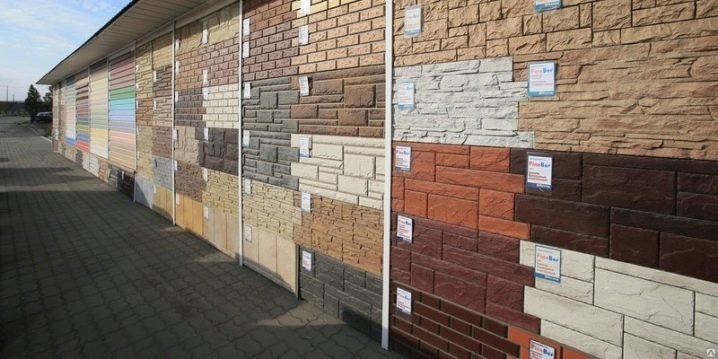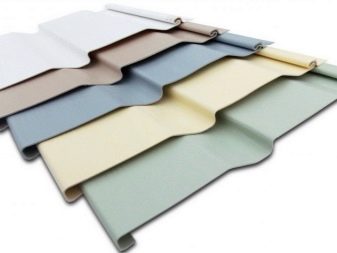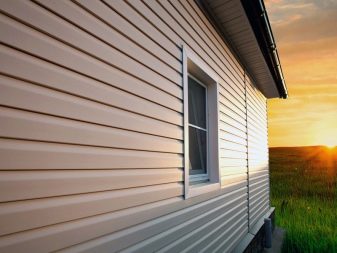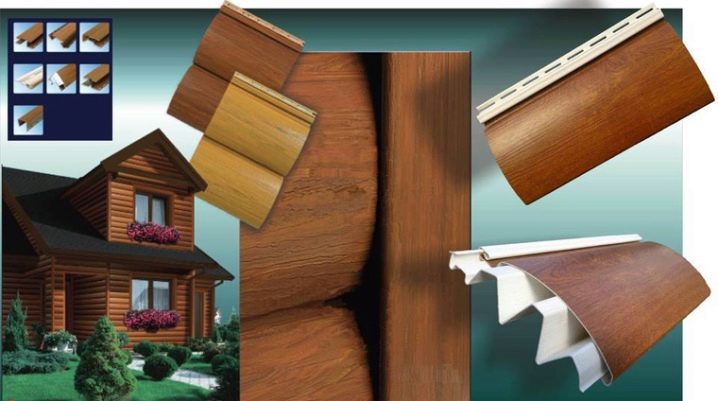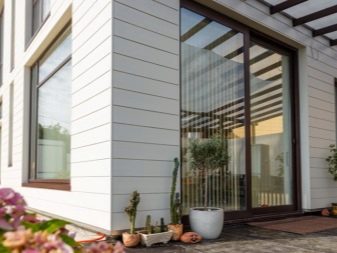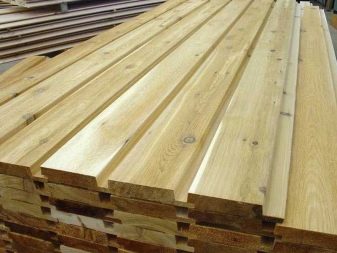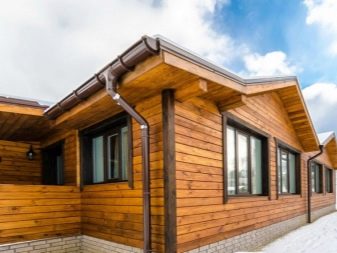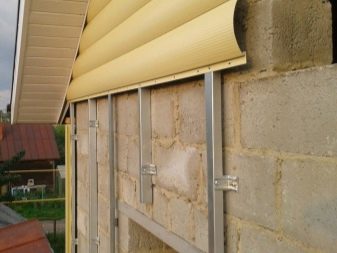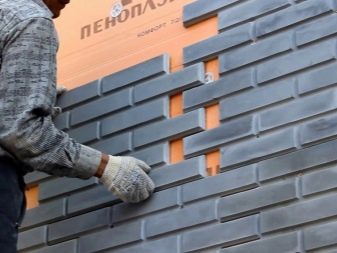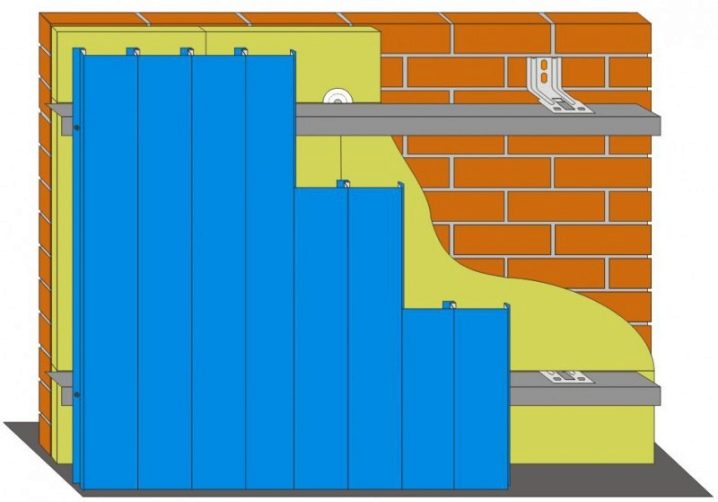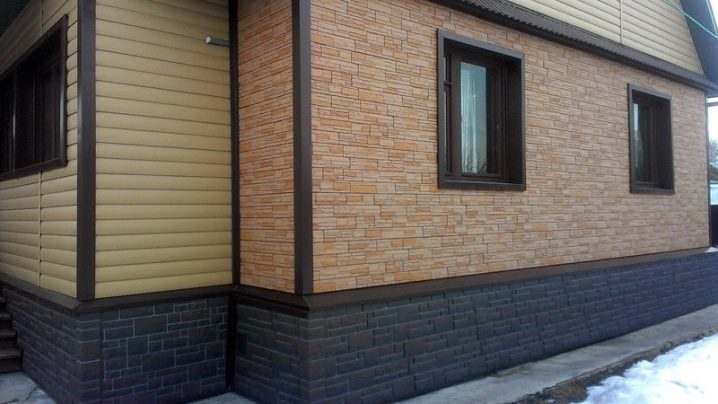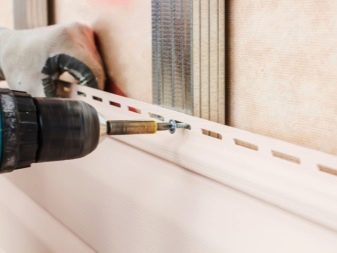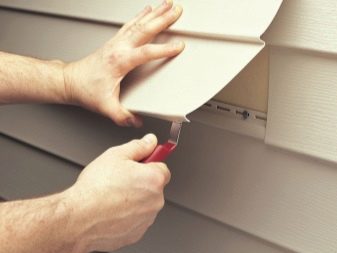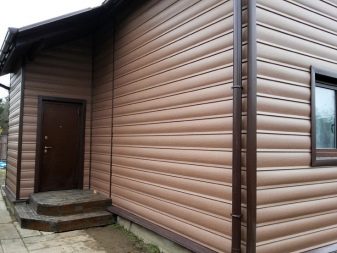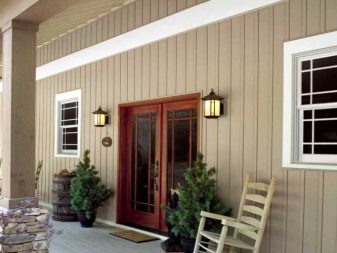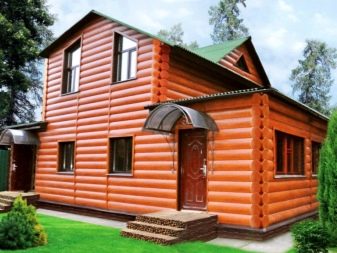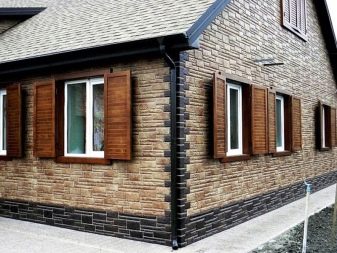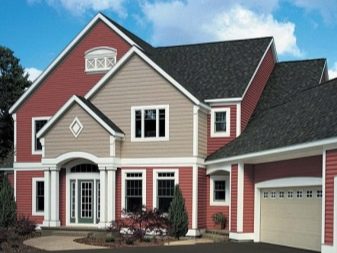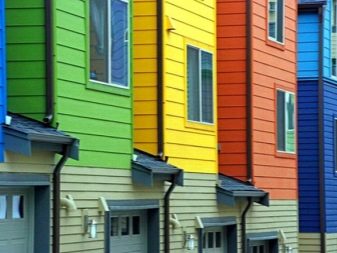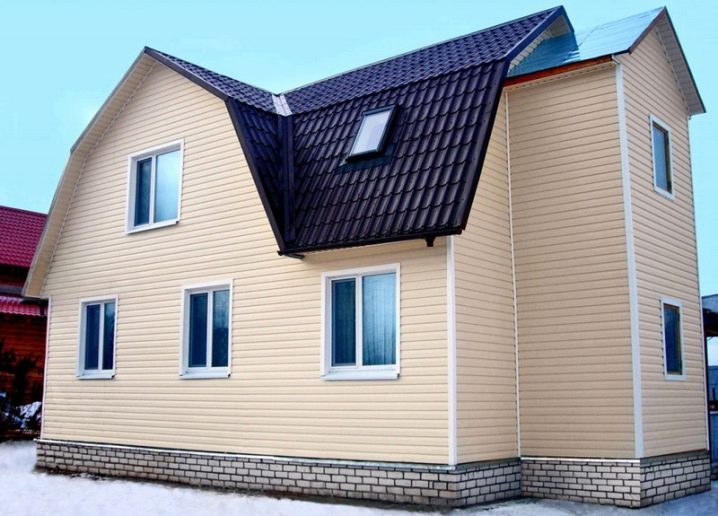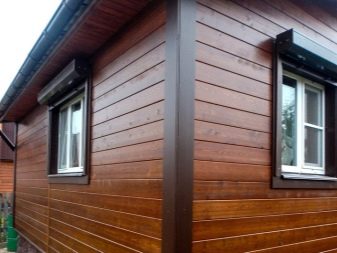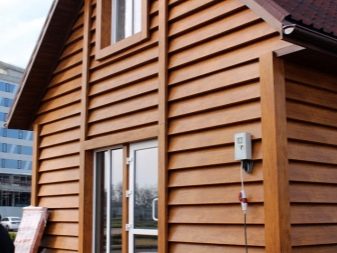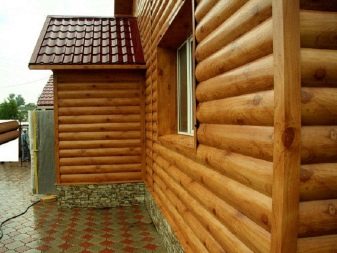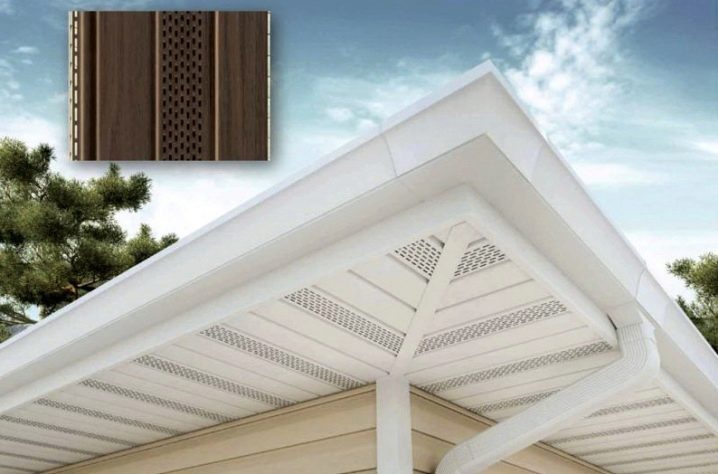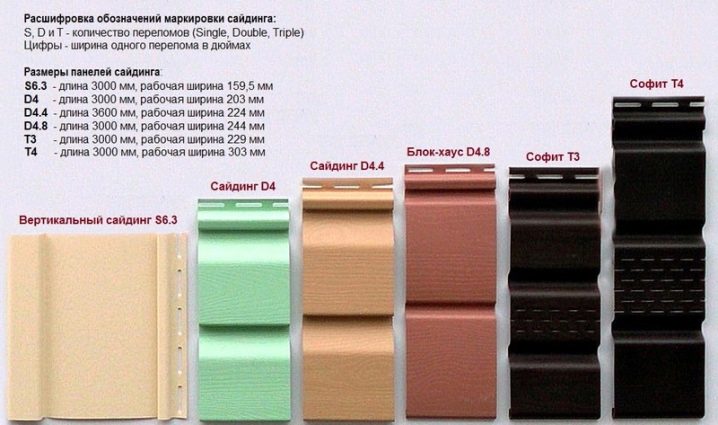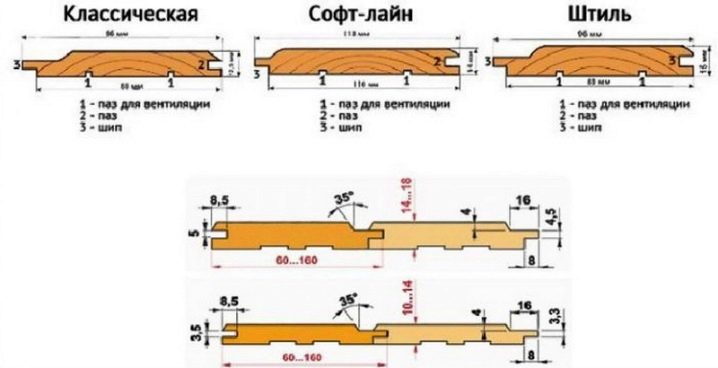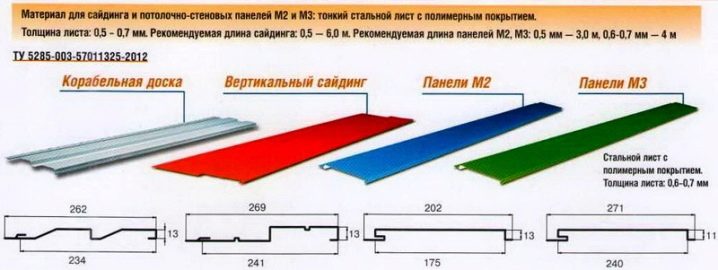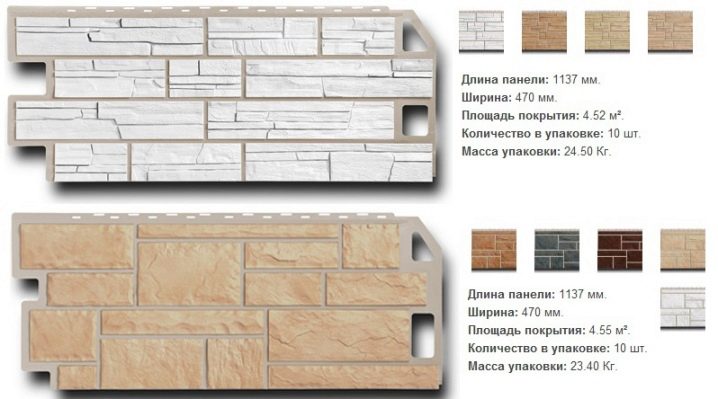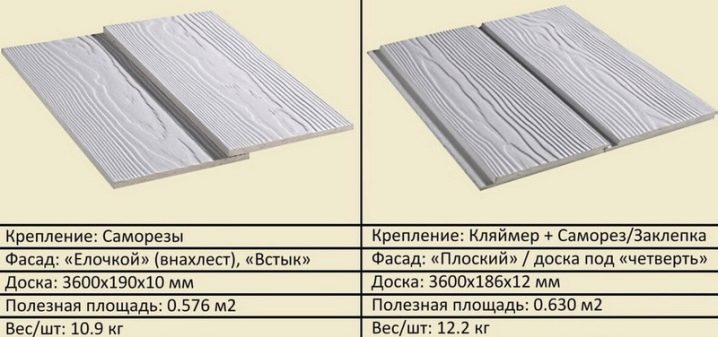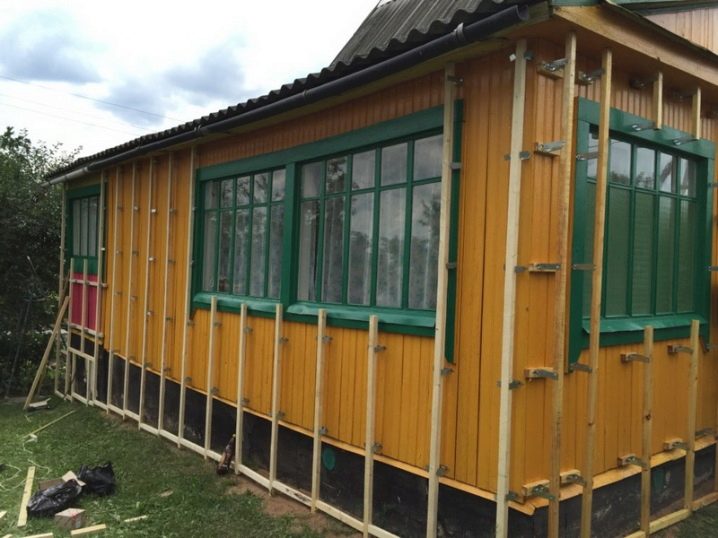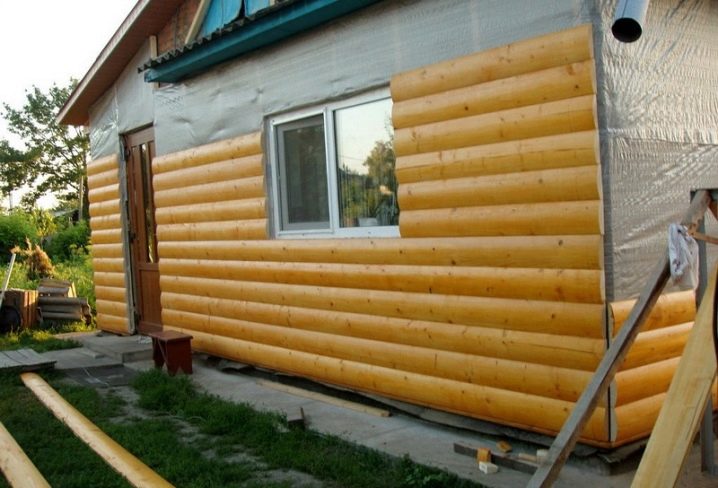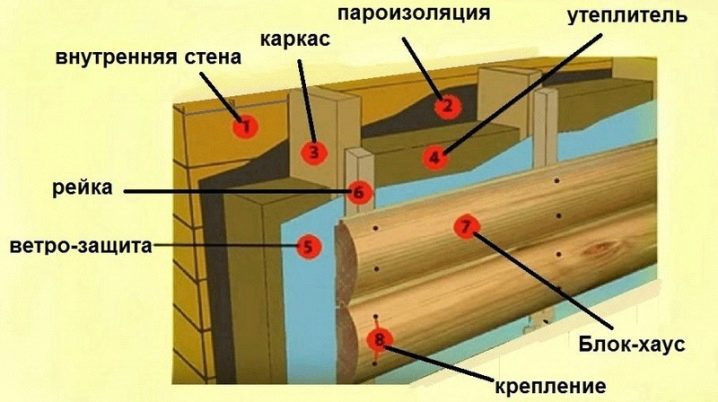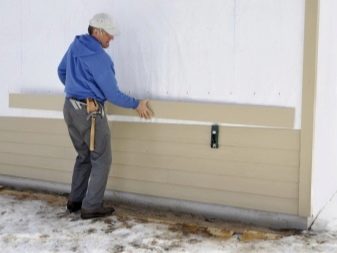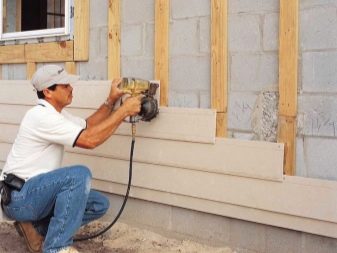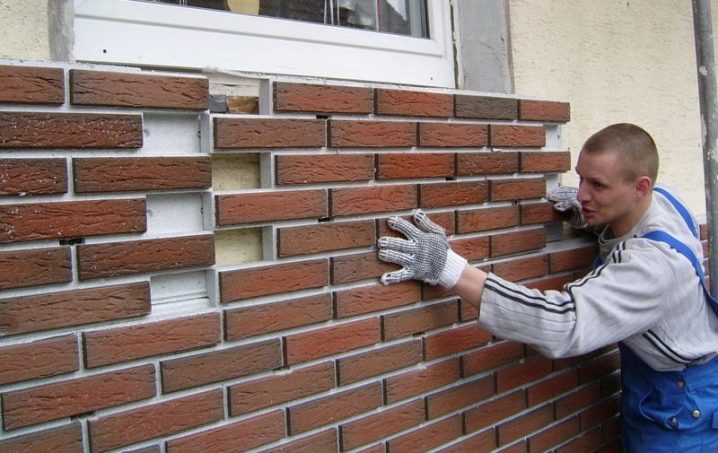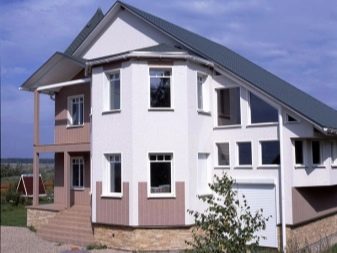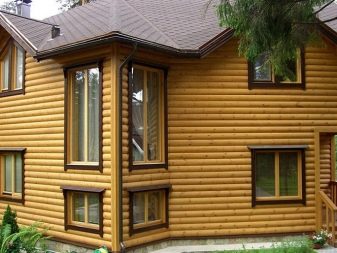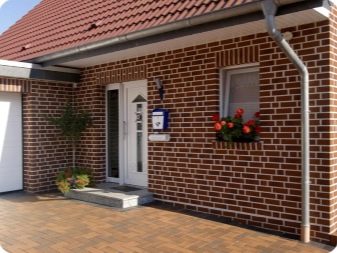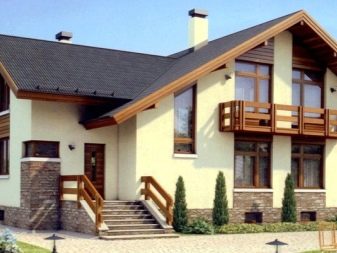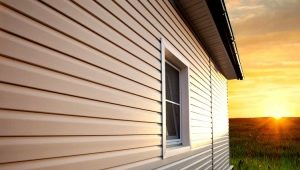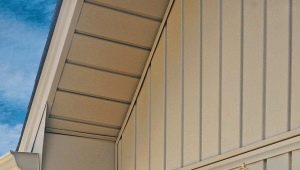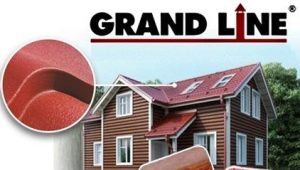What are the sizes of siding?

In our country, more often when exterior cladding of buildings is resorted to siding panels. They allow you to protect the premises from the weather, as well as give a new life of dilapidated buildings.
Material Features
So, siding is one of the ways of external lining of structures, which gives decorative, heat insulating and noise insulating properties.
The modern market is rich in materials with different types, sizes and plating options. But first things first. The main criterion when choosing siding is the material from which the slats are made. Determining the latter, you must rely on the conditions of your climate and, of course, cost.
There are the following options for manufacturing siding:
- PVC The casing of these panels can last up to 50 years, without undergoing any changes at temperatures of -50 to +50 degrees. The main advantages here are ease, attractive cost, and also, importantly, ease of care. This type is best not to use in areas where there are sharp temperature changes. Also, PVC does not have a high impact resistance and emit toxins during combustion. This view can be used for both internal and external decoration of the house. It will be necessary to spend on products of dark shades on 15-20% more, rather than on light tone.
- Metal. Very durable siding, can last more than 50 years, temperature fluctuations will not be able to affect it. If you decide to lining the metal siding, then get ready to lay out a tidy sum, as well as face rust, if the integrity of the coating is broken. When burning, it is heated, than can raise the temperature in the room.
- Fiber cement. Its main advantage is that it is able to withstand sudden temperature drops. However, it is quite heavy, difficult to install and has a limited color range.
- Wooden. Most often found when finishing old houses. It is very frost-resistant - up to -50 degrees, quite simple during installation, has heat-insulating and eco-friendly properties, and also attracts with low cost. Having chosen this siding, it is necessary to put a protective layer and periodically treat it with antiseptic impregnation.
Also at external facing front panels are used. Unlike siding, they consist of several layers. Having studied the materials better, assessing the advantages and disadvantages of each, you can conclude which of the 2 options is yours.
Let's start with the fact that siding is most often mounted on a special crate or framewhile the front panels can be mounted directly on the wall. If there is a desire to transform the house from the inside, then use those panels that are intended only for external cladding.
Siding lamellas can be mounted only in a vertical direction, and in shape they are in the form of a rectangle or strip. Facade panels are mounted in any direction, and you can choose for yourself absolutely any shape. Also, they have no restrictions in size and can be safely used both on convex and concave surfaces of your room.
However, if you use panels, you need to be careful not to disturb or damage the insulation layer.
As for the cost, siding will cost 3-8 times cheaper than front panels. Also, if you plan to do the repair yourself, then make a choice in favor of siding, because you need help to mount the plates.
If you still find it difficult to decide on the choice of material, you can combine the two types. Facade slabs and siding look great in combination with each other.
Kinds
Previously, the types of siding were analyzed, their advantages and disadvantages were identified, but now you can get acquainted with each type of closer.
PVC or vinyl siding is a strip of plastic of a certain shape. They are easy to use during installation, because they have special locks, through which they are easily connected to each other. Vinyl siding can be attached to the facade of the house using self-tapping screws, for which a special mounting edge with holes is pre-installed. Using this material will help you to decorate your house as well as to warm it.
According to the installation method, horizontal and vertical vinyl panels are distinguished, but in use, horizontal ones are more often encountered.
Modern production does not stand still, so there are new types of vinyl siding:
- under the log;
- under a brick or a natural stone.
The latter are also called basement siding. Due to the large thickness, they are very resistant to mechanical and shock effects.
Another reason why vinyl siding is very popular is the large variety of colors. Pastel colors are a priority, since they are able to combine aesthetic and consumer qualities. If the repair more rely on designer notes, then feel free to use a variety of color palette combinations.
For exterior work can be used and metal siding. These panels appeared on the construction market relatively recently, but already managed to get their fans. Externally, to distinguish between metal and plastic is very difficult. The only metal siding more pronounced texture and saturation of the picture.
If you want the house to have the appearance of a building like a real log, then you can safely use wooden siding.
Here, too, there is where to run with a choice:
- Planken - wooden planks, the edges of which are either beveled or rounded. This look is used when finishing external facades of buildings and rooms internal. It is also used in the construction of arbors, fences, terraces.
- "American" - boards with a wedge-shaped profile. Their use gives the room a designer look.
- Lining. It is durable, easy to install and has an aesthetically appealing look.
- The block house is a wall finishing material that imitates the frame of a tree.
To solve the problem with the formation of moisture and dampness in the house, it is necessary to ensure good ventilation of the space. In this case, a special fit roofing panels - spotlights (from Italian - the ceiling). They are attached to any horizontal surface; they also have special locks for connecting, which makes them easy to use. In their manufacture using plastic, copper or aluminum. But the main advantage is that they have a perforated surface that protects your home from moisture and damp.
These front panels differ in durability, environmental friendliness, fire safety.Soffits are simple in installation and care, and you can buy them at an affordable price.
Standards
Siding panels are distinguished not only by the material, color, but also by their size.
Vinyl siding has no standard dimensions. Their thickness varies from 0.9 to 1.2 cm. However, if you plan to use siding for more than 10 years, it is recommended to choose a thickness of 1.1 cm. As for length, the average dimensions are 3.05-3.75 m. The width of this types of siding on average from 220 to 275 mm, but working is considered from 200 to 250 mm. The area of vinyl panels is 0.65-0.85 m2.
With the size of wooden siding is easier to decide. Wood panels are a rather capricious view. Therefore, if you do not follow the standard set dimensions, you can face the deformation of the boards.
Standard sizes for wooden siding are as follows:
- thickness - 4 cm;
- width - from 9 to 18 cm;
- length - from 2 to 6 m;
- area - 0.55-0.88 m2.
As for the metal siding, it can be purchased of any length, since the facade material is initially made in the form of strips, and then it is already cut to order.
On average, its thickness varies from 5 to 13 mm, and length - from 0.5 to 6 m. The width of the metal siding is from 190 to 210 mm, the working width will be from 170 to 190 mm. Area - 0.25-3 m2.
Siding of the basement material repeats different types of stone, so its average thickness is from 17 to 24 mm. The length of the panels are from 1.1 to 1.15 m. The average width is from 445 to 452 mm. The area of ground siding is 0.45-0.51 m2.
If the choice when facing the house fell in favor of fiber cement siding, then its average dimensions are as follows:
- thickness - from 6 to 35 mm;
- length - from 0.45 to 3.6 m;
- height - from 305 to 1500 mm;
- area from 1.2 to 2.5 m2.
When repairing you can safely experiment with the dimensions of the skin and create unusual layout. When buying, pay attention to the cost - it will depend on the country of origin. Materials produced in Russia are more affordable in terms of pricing, but they are almost as good as foreign manufacturers.
What are the options for plating?
People may encounter the issue of house trimming in different situations. For example, some building materials initially have an unattractive look that you want to hide behind decorative elements.Others may lose their appeal over time. The possibility of the formation of cracks on the walls of buildings, the traces of repair of which remain visible to the naked eye, is also not excluded.
When covering the house, I want to do everything in the shortest possible time, inexpensively and so that the result pleased not only myself, but also passersby.
When choosing a material it is necessary to remember about its vapor permeability. The selected cladding should conduct steam better than the wall material of the house. Violation of this principle can lead to accumulation of moisture, rotting of the material, as a result of which the wall or the finish itself will collapse.
Only one type of skin can meet all the requirements - it is wood. However, if there is a desire to use another material, there is a solution.
In the first case, a small ventilated gap, approximately 70–130 mm wide, should be left between the trim and the wall. In the lower part, keep the air inlets, and on the top - the weekend. In this case, the moisture from the walls will be displayed and your home will not suffer.
In the second version, you need to attach the trim directly to the wall, but before that it is important to take care that the latter is protected by a good layer of vapor barrier.
There are several types of building panels:
- Under the plaster.Usually it is used on flat reinforced concrete and brick walls.
- Using crates. It is used both in one, and in two layers.
And, of course, when choosing a plating, decorative models are distinguished, which include siding, thermal panels, ceramic or facade masonry.
As for the thermopanels, they have relatively recently appeared on the modern market, but have already managed to win love and popularity with customers. The basis of thermopanels is polyurethane foam or polystyrene foam. Thermopanels have high thermal insulation properties, which helps to preserve the material of the walls. This type of skin protects insulation, is simple to install and is able to serve the owners up to 60 years, retaining its original appearance.
The choice of plating options is quite wide. However, you still should not forget about the climatic features of your region, as well as the material structure of your home. It is really worth taking the choice of lining seriously, considering both aesthetic preferences and financial possibilities.
Beautiful examples for inspiration.
Finally, I would like to share interesting photos of amazingly beautiful buildings.
How to choose a siding, see the next video.
